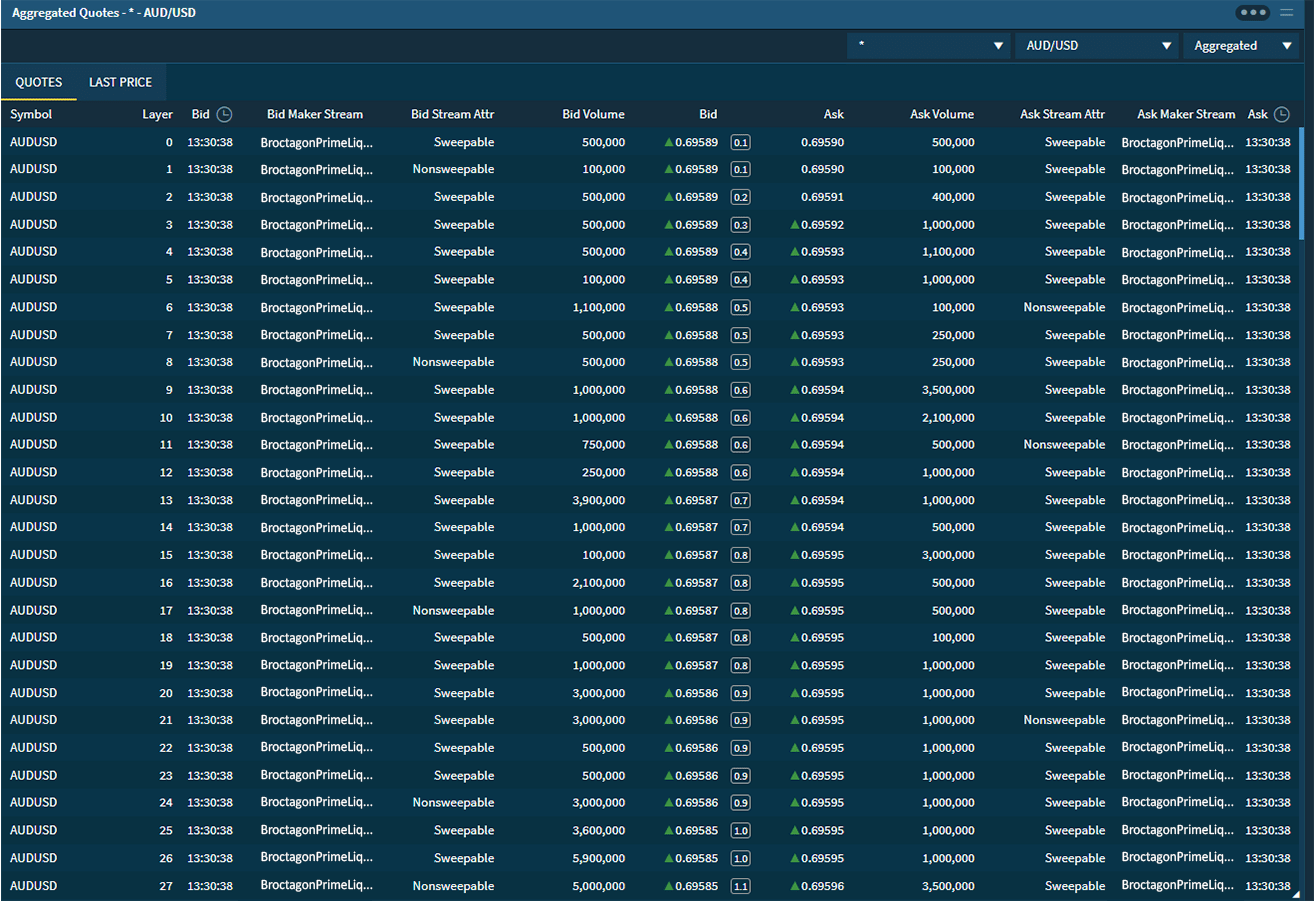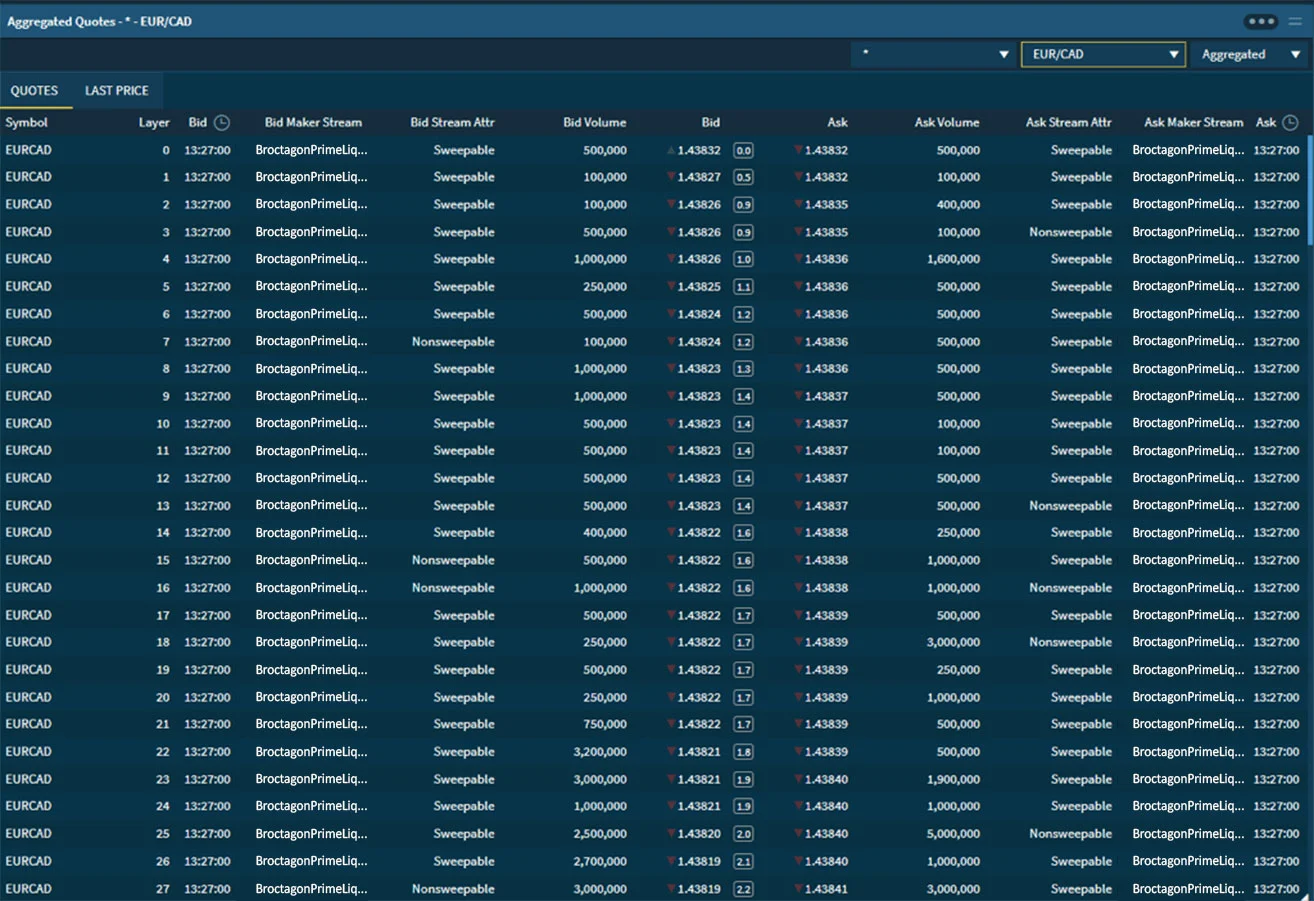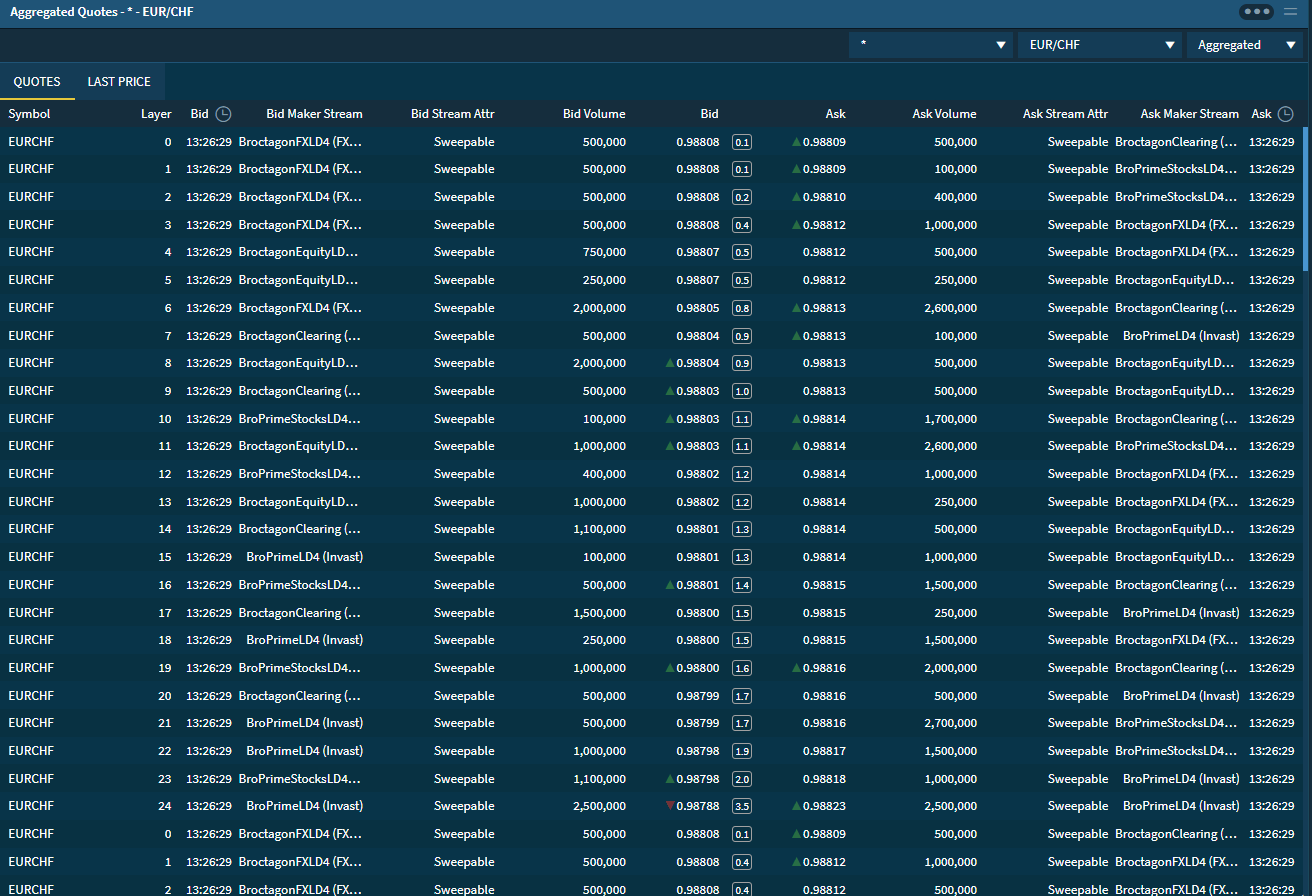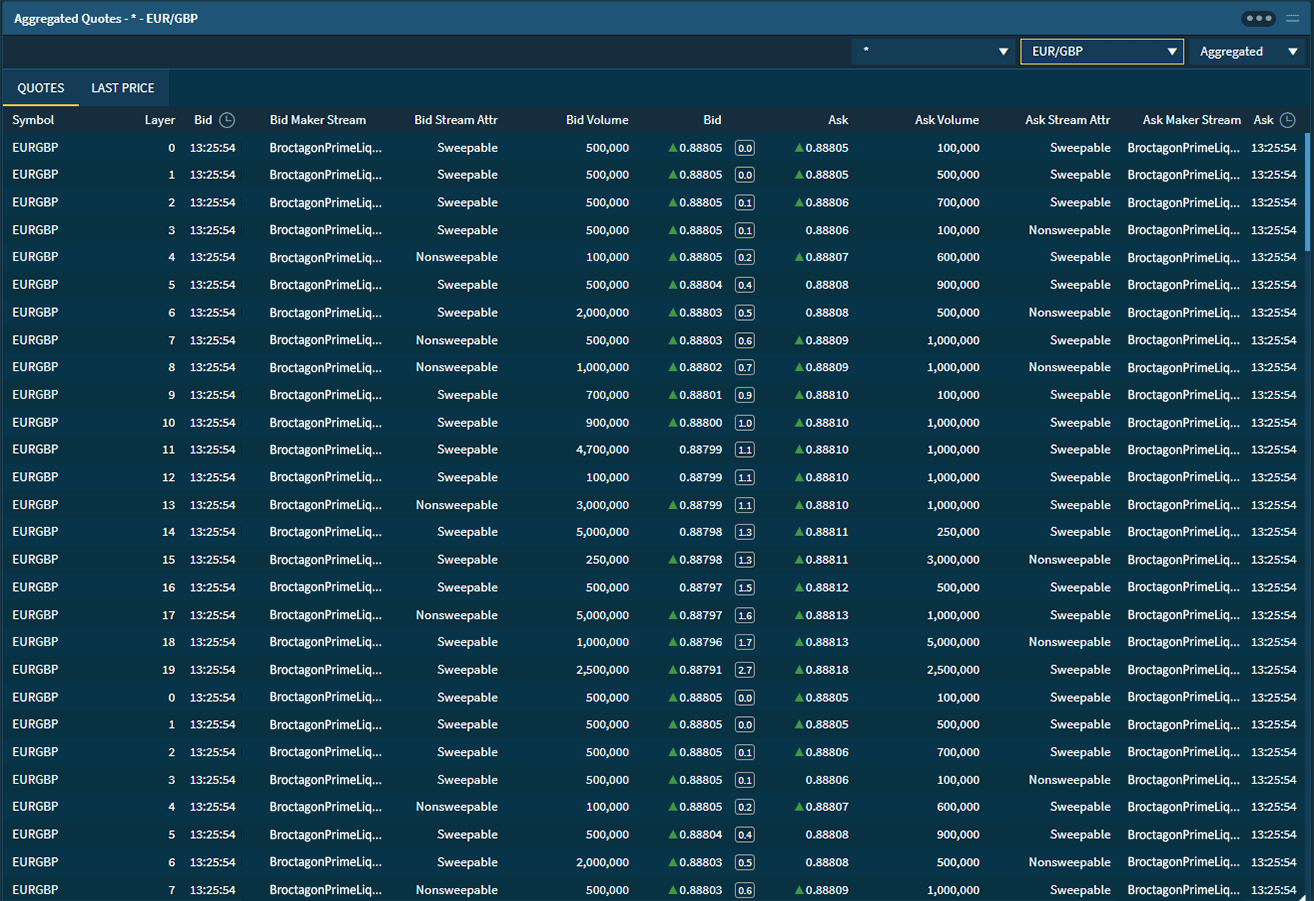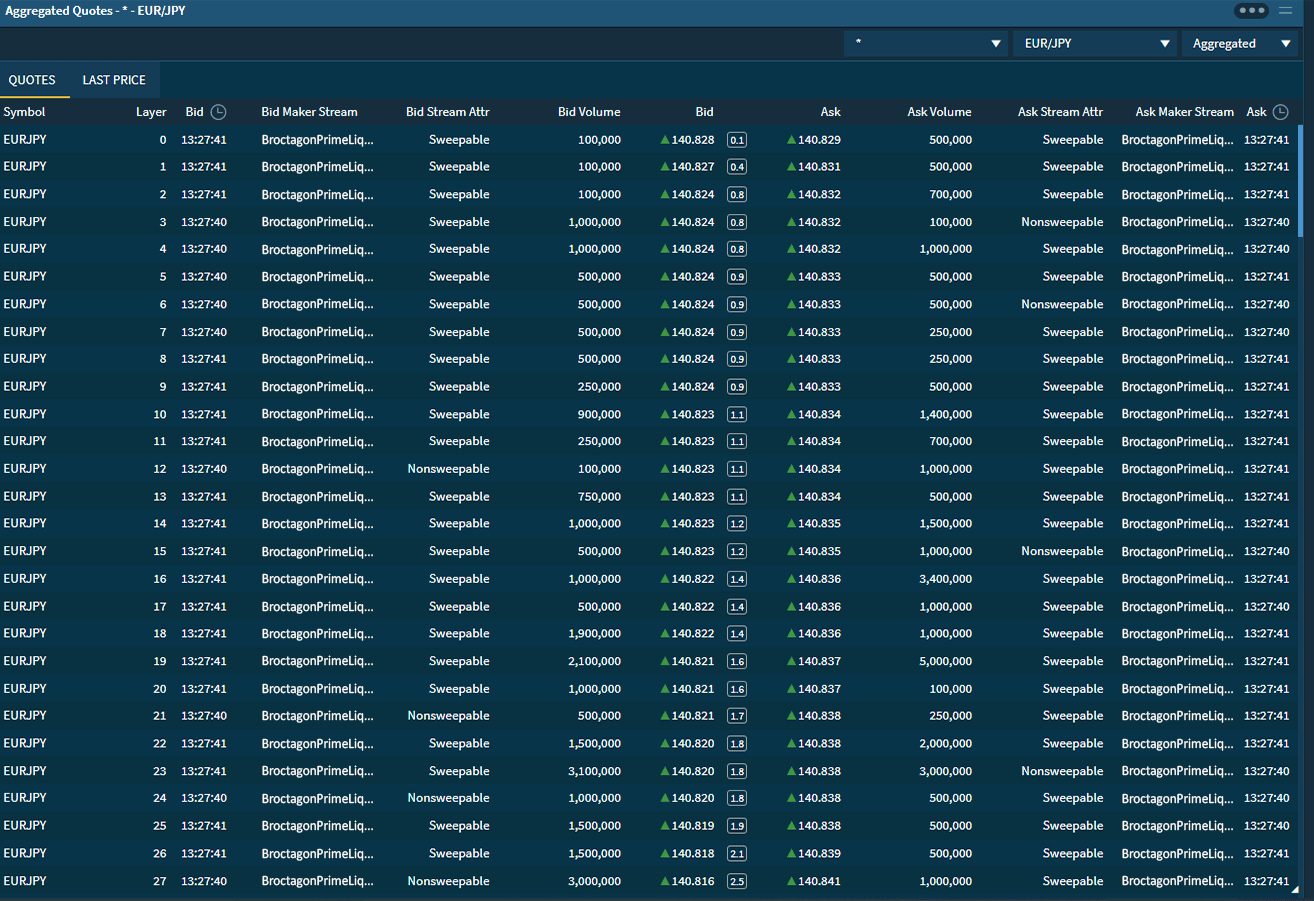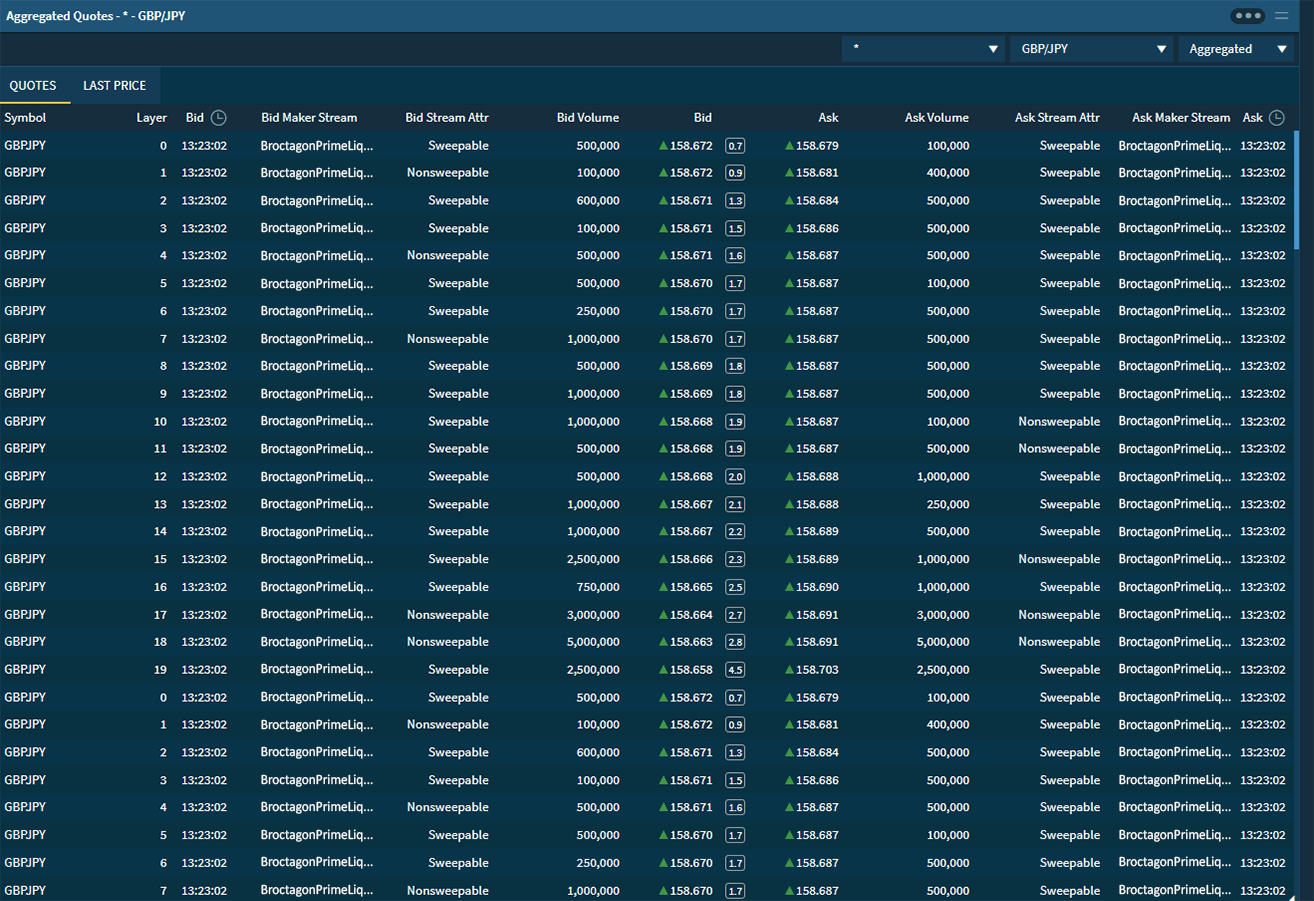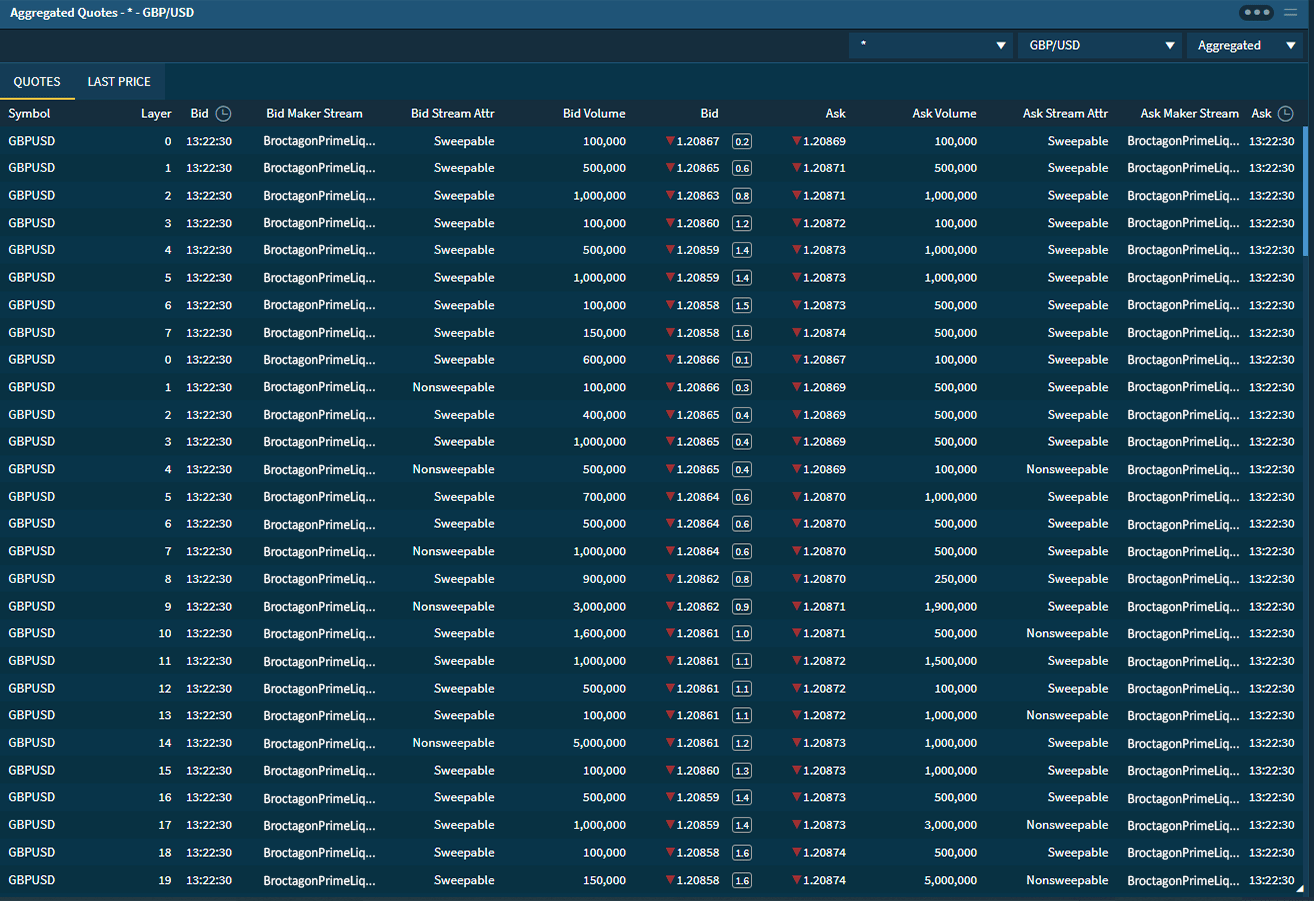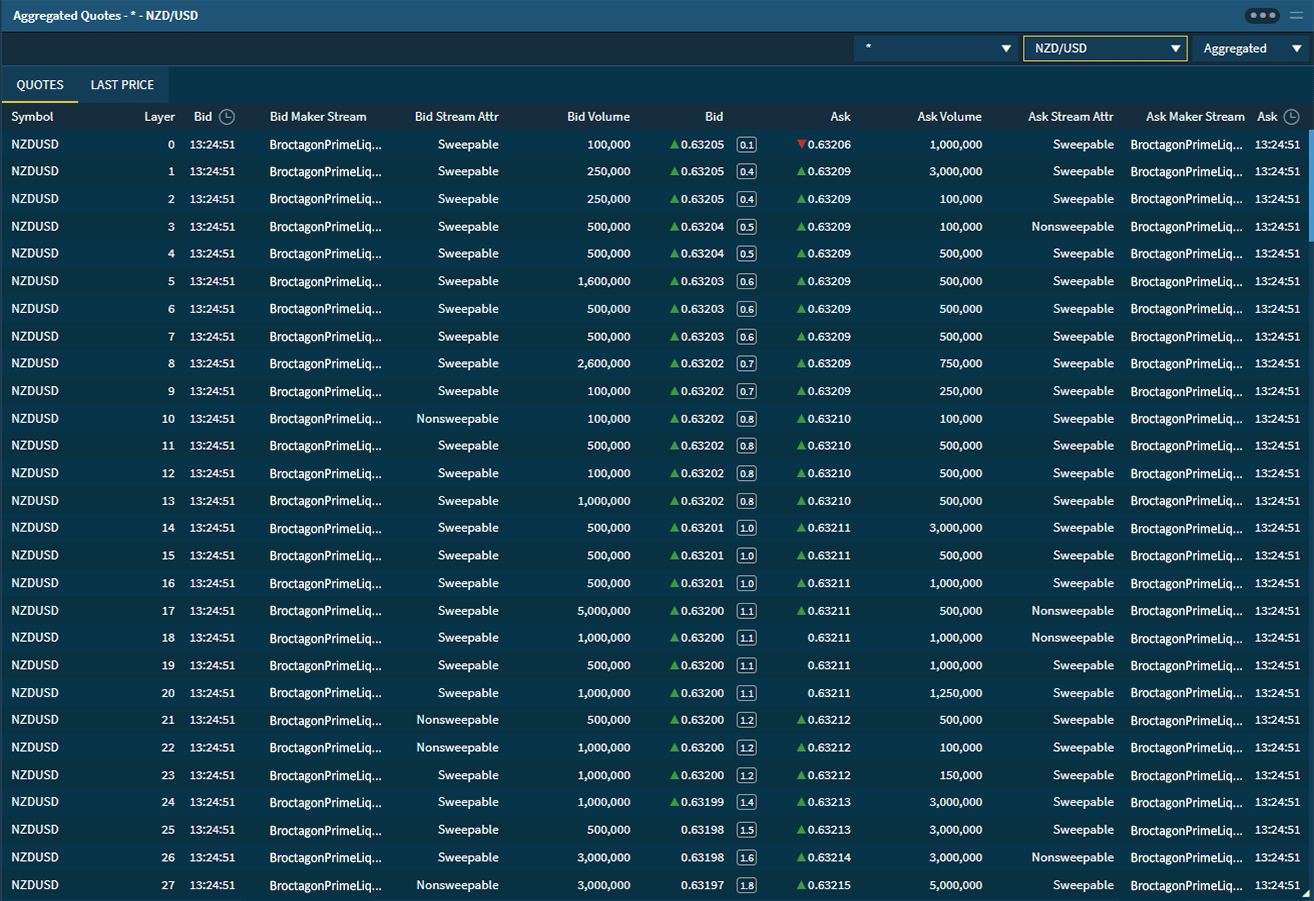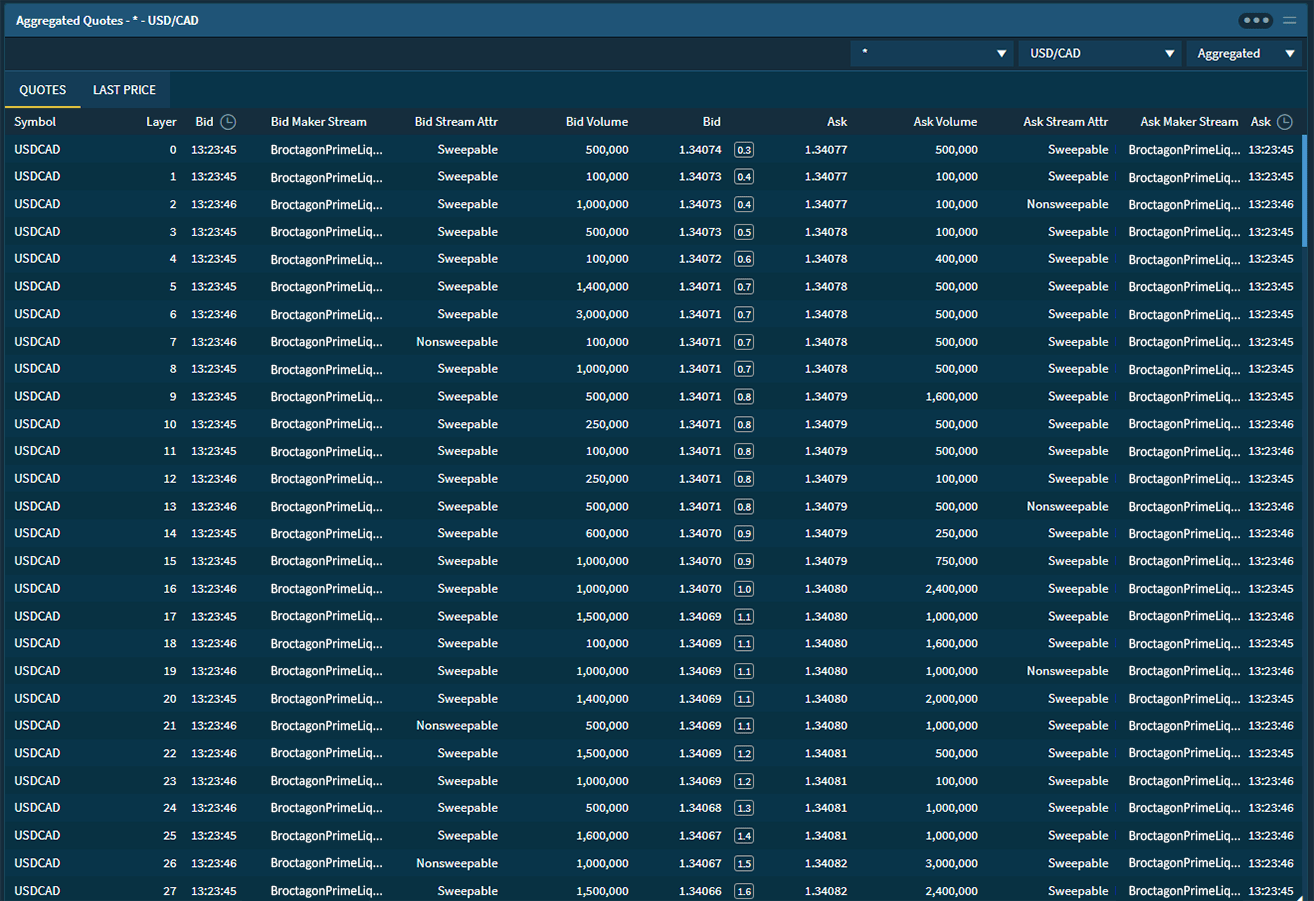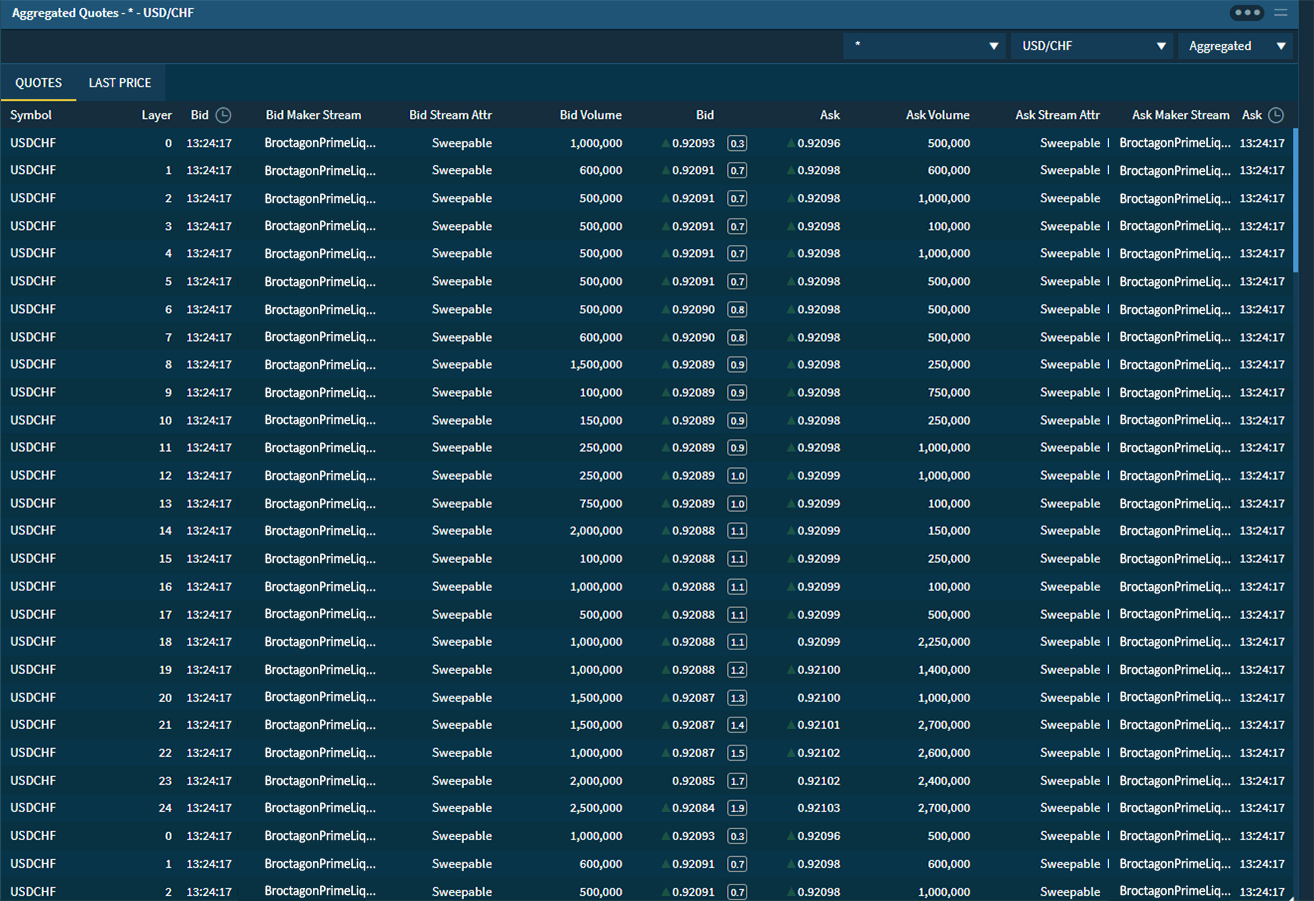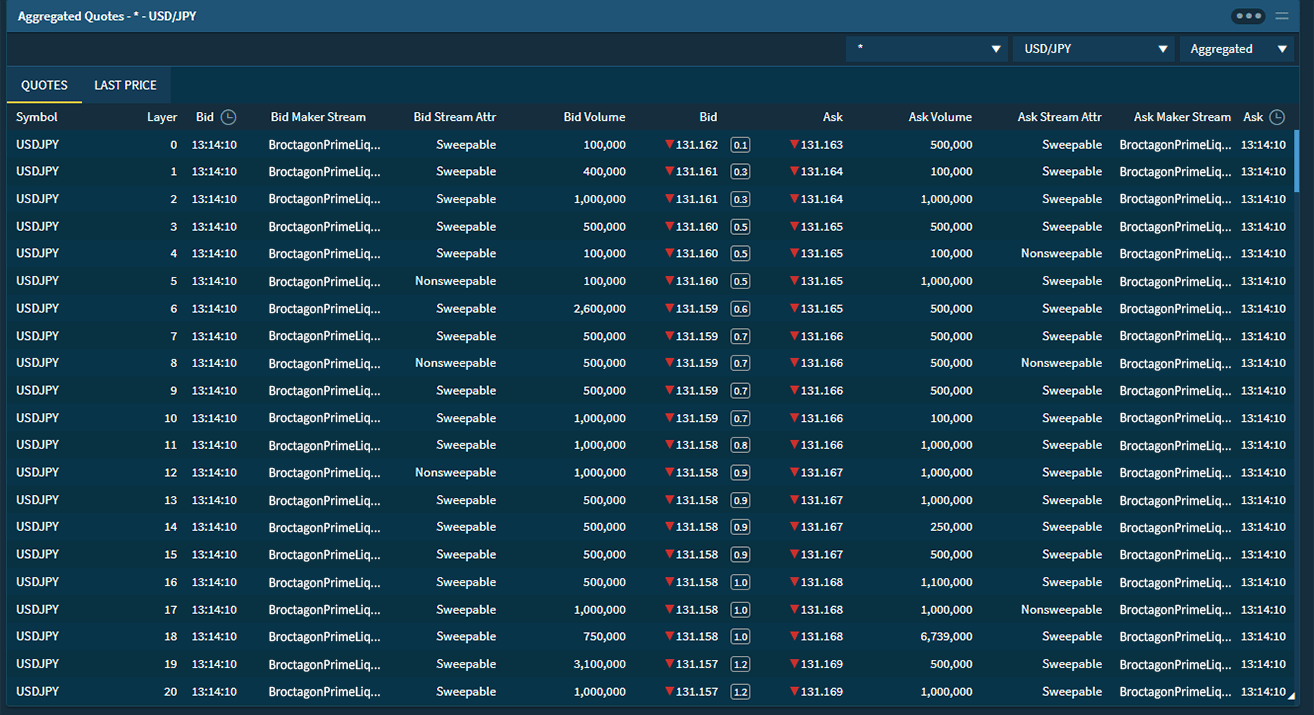DeFi Lending and Borrowing Platform
1. DeFi Explained
DeFi (pronounced dee-fye) is short for decentralized finance. It’s an umbrella term for the part of the crypto universe that is geared toward building a new, internet-native financial system, using blockchains to replace traditional intermediaries and trust mechanisms.
DeFi took off in the summer of 2020 – when borrowing and lending platforms introduced their native governance token, which is used to reward its users in a process known as liquidity mining, thus making DeFi the premier use case for blockchain technology in general.
Some of the most popular use cases of DeFi currently are the lending and borrowing platforms, decentralized exchanges and automatic market makers, derivatives, and tokenization platforms.
2. What We Offer?
Our team offers creation of custom lending protocols designed to accommodate your particular use cases and business objectives. Based on your needs, we can cherrypick certain features from the existing lending protocols and go several steps beyond by introducing innovative features which can position your product in the market, making it unique.
3. Prominent DeFi Lending protocols
The primary value-add of MakerDAO is the creation of crypto collateralized stable coin, pegged to USD. This means the system can run completely from within the Ethereum blockchain without relying on outside centralized institutions to back, vault, and audit the stablecoin. MakerDAO is a two-token model where a governance token MKR yields voting rights on the platform and participates in value capture. The second token is a stablecoin called DAI – a staple token in the DeFi ecosystem with which many protocols integrate, including AAVE and Compound. DAI is one of the most robust algorithmic stablecoins in the market, which is backed by collateral (ETH) which ensures its stability.
Users generate DAI by locking their ETH in a smart contract which enables them to mint DAI worth up to 2/3 of the locked ETH. When the user returns the debt, which can only be done via DAI, the returned DAI tokens get burned, and the ETH gets released.
Contact Us
Contact us for the development of your custom DeFi lending platform
4. Advantages of Using Blockchain for Lending Platforms
Transparency
Smart contracts are deployed in blockchains, which make them inherently transparent for the users to scrutinize. Thus the exact rules encoded in the smart contracts of each DeFi lending protocol are freely available and auditable. In addition, users’ interactions with protocols are recorded on the blockchain introducing an immutable record of all transactions.
Decentralized Governance
Liquidity
Dis-intermediation
Trustlessness
Agility
Contact Us
Contact us for the development of your custom DeFi lending platform
5. Product Features
Lending and borrowing
The product will have a dashboard page that can be used by the users to seamlessly deposit funds and borrow based on their collateral deposited on the platform.
Integration of several crypto-wallets
Staking Module
Governance module
Reward mechanisms
Information page
Robust Features
6. Integration of Blockchains
We can assist having the lending protocol deployed in a wide variety of EVM compatible blockchains and L2s:

Ethereum

Avalanche

Polygon

Binance Smart Chain

Fantom

Optimism



